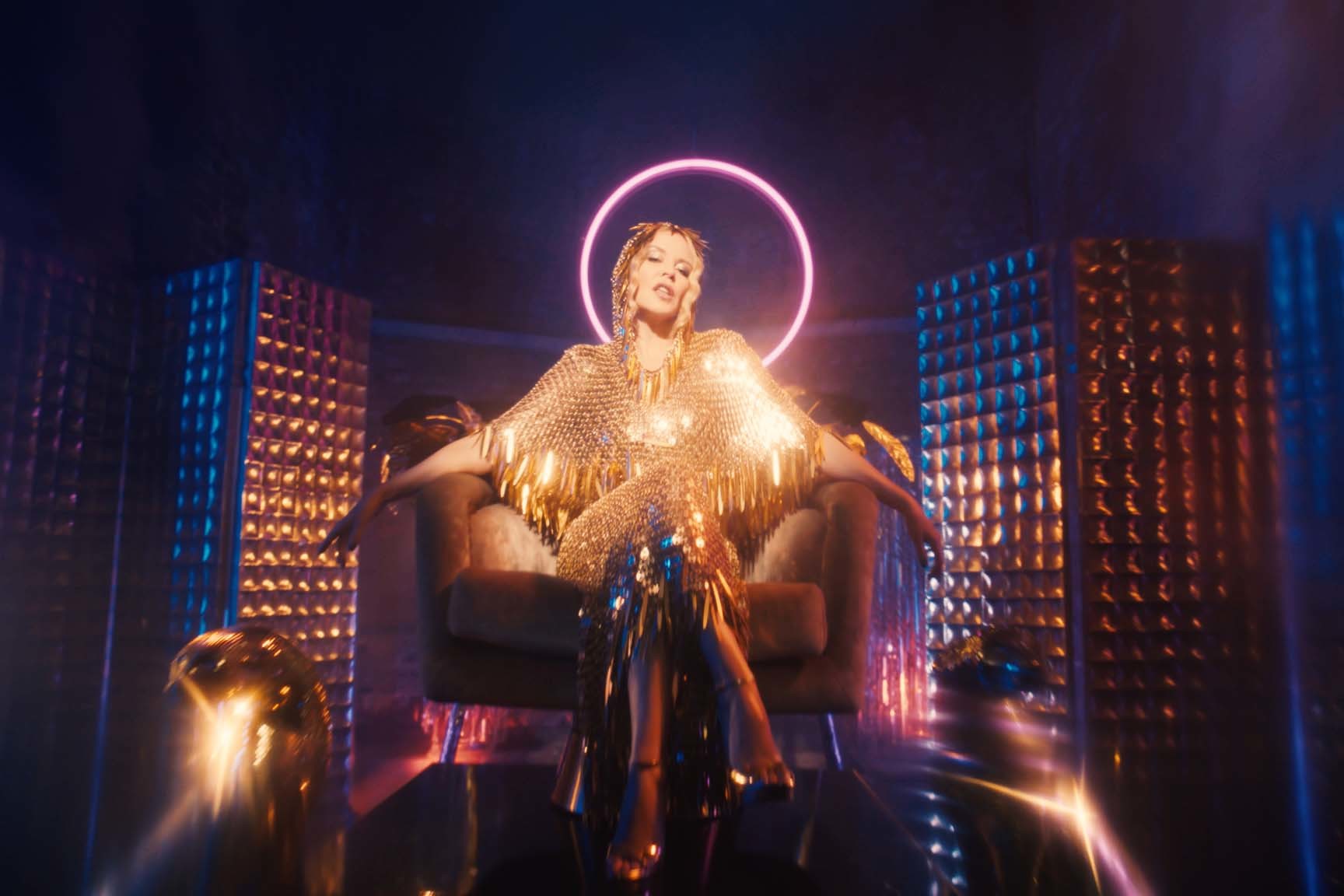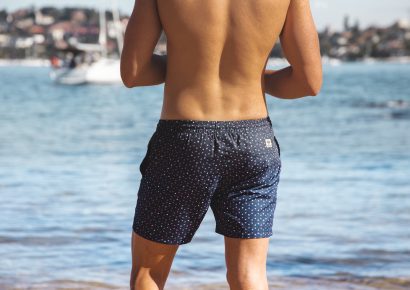Because we just really miss getting down on the dancefloor.
Lockdown had us craving live music like never before and now that things are slowly opening the last ticketed item on the agenda is our nightlife.
Nothing beats the euphoric feeling of dancing the night away at Lambys, having a boogie at Piano Bar or pulling out the worm at Home House. The strobe lights blinding, the speakers blaring, the drinks flowing, the friendships forged in the line to the bathroom and the unbelievable hangover the next day; those were the times!
Our pop queen, Kylie Minogue, hasn’t helped the cause either with her latest album DISCO which has the dancefloor calling to us! Tracks ‘Dancefloor Darling’ and ‘Real Groove’ directly celebrate nightlife and the era that brought it to us.
Let’s go back to that time where that nightlife culture all started, where clubs were referred to as ‘the discotheque’ and where an entire subculture was born.
Birthed out of the urban scene, the 1970s saw the disco takeover in the United States, becoming a phenomenon around the world across the decade. As a music genre, disco encompassed four-to-the-floor beats, syncopated basslines, electric piano and guitar, synthesizers and the addition of string and horn sections.
As a culture, disco was defined by the groove-centred music, the choreographed dancing, the vibrant nightlife, the bold fashion, the big hair, roller-skating, sexual liberation and drug use.
The music
As touched on already, disco as a genre was derived from urban roots. The groove set the tone but disco took all of the elements and heightened them. Fun, fresh and funky were the fundamental elements of disco, using soaring vocals (falsetto was desired) against towering electronic walls of sound.
Lyrically, disco music covered two main topics. Firstly, it pushed boundaries by frequently referring to sexual relations and reflecting the sexual liberation of the time and, secondly, it encouraged people to get on their feet and dance!
Lead by Earth, Wind & Fire, The Trammps, Donna Summer, Gloria Gaynor, Boney M., Bee Gees, Sister Sledge, Pointer Sisters, Diana Ross, Sylvester, Village People, KC and the Sunshine Band and CHIC, disco fever was infectious and the hits that came from this era are just as catchy today.
The clubs
’70s nightlife was an entirely different ballpark. Studio ’54, Crisco Disco, Paradise Garage and The Sanctuary are some of the most notable venues for disco in the world and each of them had a focus on exclusivity. There was an element of glamour that came with the disco lifestyle and club culture was no different.
Booths, balconies, bars, DJs and dancefloors are the crux of the discotheque but there were two other glaring activities associated with club culture.
While martinis were the beverage of choice, drug use was a prominent feature. Disco goers opted for party drugs that would enhance their experience such as ‘blow’ (cocaine), ‘poppers’ (amyl nitrate), and the quintessential Quaadludes better known as ‘Disco Biscuits’.
Liberal sex was also a major player in the club scene, with promiscuity and public sex welcome activities in the area. Balconies, booths, bathroom stalls, stairwell, anywhere goes! This also occurred outside of the club walls and was one of the more controversial subjects of the era.
But generally, when you think of disco, the club interior is the main feature. Dimly lit passages leading to a shiny disco ball hanging in the centre of the checkered illuminated dancefloor, coloured strobes of laserbeam light bouncing off it…There is nothing quite like it!
The moves
Disco music requires dancing – you simply can’t have one without the other! What started as a more freestyle approach to dance morphed into a catalogue of choreographed dances and signature moves associated with disco tunes. ‘Bump’, ‘Penguin’, ‘Boogaloo’, ‘Watergate’, ‘Robot’, ‘The Point Move’ aka ‘The Travolta’, ‘The Roll’, ‘The Chicken’, ‘I’m Watching You’, ‘The Catch and Release’, ‘Bunny Slope’, the list is endless!
The most prominent dances to emerge from the disco days were the ‘Electric Slide’ and ‘The Hustle’. Whip them out at a party and you’ll be the coolest cat in the room!
The look
There is only one word for the fashion associated with being a disco diva or dude – BOLD!
Sequins, glitter, bright colours, bell sleeves, silk shirts unbuttoned halfway to show off as much chest hair as possible, three-piece suits, platform shoes, rollerskates, backless halter tops, spandex, ‘hot pants’, and flowy, sheer dresses – the fashion was truly tragic in the best possible way! Nothing was too outlandish and the more revealing, the better!
Much like the fashion of the ’70s, the hair and makeup was just as dramatic.
Afros, perms and blow-outs were the popular hairstyle choice, taking on their own identity. Makeup echoed the dress code; glitter, bright colours, bold red lipstick and even drag makeup was encouraged. Bodypaint was also a sound option.
Pop culture
We can’t talk about disco without talking about Saturday Night Fever, a movie that encompassed every element of disco culture, with John Travolta playing the iconic lead Tony Manero. Released in ’77, Saturday Night Fever helped celebrate, and further popularised, disco music, dancing and culture. Who could forget Manero’s crisp white suit, the soundtrack dominated by the Bee Gees, including ‘Night Fever’, ‘You Should Be Dancing’, ‘If I Can’t Have You’ and the more endearing song of the time, ‘Staying Alive’.
A boot-load of disco-themed movies followed including Can’t Stop The Music, Thank God It’s Friday, Disco Godfather, Disco Dancer and, another Bee Gees-centred dance drama with Travolta in the lead, Staying Alive.
It’s safe to say we cannot wait for clubs to reopen again! We might leave some of the elements of the disco era behind but you can bet the cheesy dance moves will live forever.
Turn your inbox up to 11. Sign up to Forte’s newsletter and you’ll be served fresh music, arts, food, booze and culture stories twice a week.

